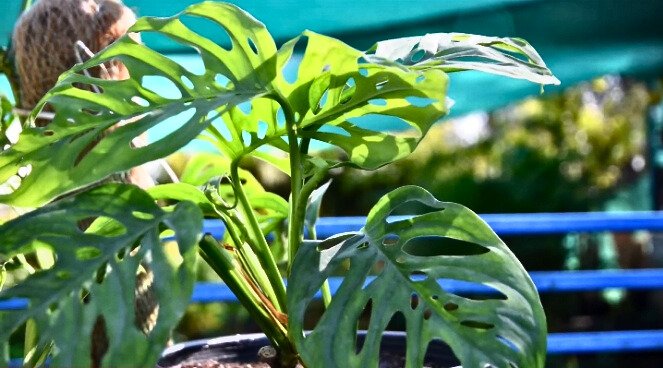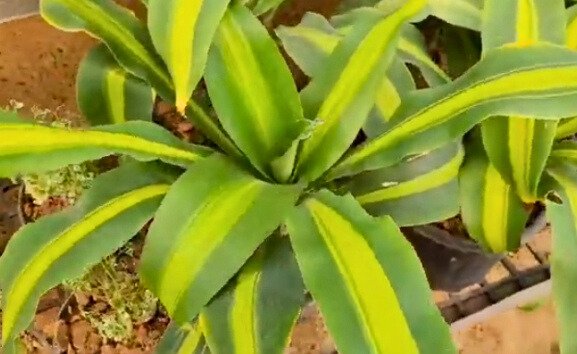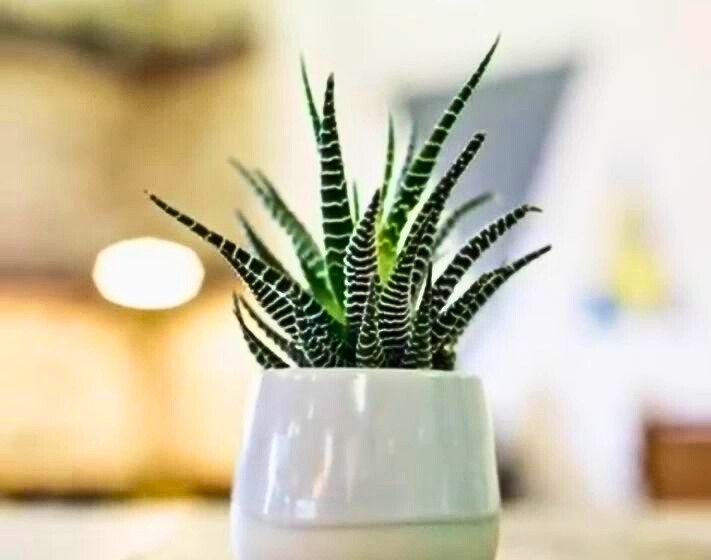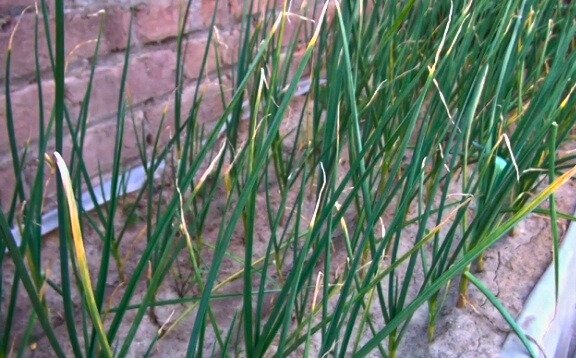Cactus /Desert plant
In this article, we will explore the life of the cactus in the desert, its significance for different desert animals, and how to care for this remarkable plant.
Some of the most iconic desert plants, such as cacti, thrive in environments with limited water. Despite harsh conditions, cacti are incredibly resilient and have a crucial ecological role. These plants are not only vital to their environment but also offer a wide range of uses for humans and animals alike. It’s as if nature has gifted us with the cactus to help sustain life in the most challenging ecosystems.
Cactus and Desert Animals
Cacti are particularly important for animals in the desert, such as camels, often referred to as the “ships of the desert.” These animals rely on cacti for both food and water while living in the arid conditions of the desert. In ancient times, before the invention of modern transportation, camels were the primary mode of transport in desert regions. They could survive by consuming cacti, which store water in their tissues.
Cacti are native to the Americas but have spread to other continents over time due to human migration. Their unique structure makes them perfectly suited for desert environments. The thorns of a cactus, which are actually modified leaves, help conserve water by reducing the plant’s surface area. This adaptation allows them to survive even in hot and dry conditions. Additionally, many cacti have thick, fleshy tissues that store large amounts of water, helping them endure long periods of drought. Their root systems are fast-growing and spread near the surface to quickly absorb water when it rains.
There are over 2,400 species of cactus, each adapted to its specific environment. For example, the famous Saguaro cactus can grow up to 20 meters tall. The ability of cacti to survive and thrive in the desert is a powerful example of how life adapts and evolves to sustain itself in harsh conditions.
Cactus Flowers
Cacti are known for their stunning flowers, which bloom in vibrant colors such as red, yellow, pink, and white. These flowers attract pollinators like bees, bats, and hummingbirds. Some species of cactus even bloom at night, a rare trait that adds to their allure. Cactus flowers symbolize endurance and resilience, bringing beauty to the otherwise stark desert landscape.
Cactus flowers also have cultural and medicinal significance. Many indigenous communities use cacti in traditional medicine, utilizing the flowers, fruits, and even the entire plant for various health benefits. Interestingly, some cacti do not bloom until they are around 30 years old, making their flowers a rare and precious sight.
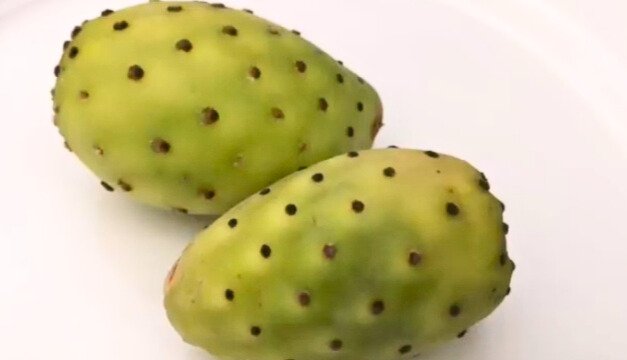
Cactus Fruit
Cactus fruits, especially those from the Opuntia species, are delicious and nutritious. These fruits, often referred to as prickly pears, are covered in spines but reveal sweet, vibrant flesh in colors like yellow, orange, red, or purple. Cactus fruits are rich in vitamin C, vitamin E, fiber, and antioxidants, making them a healthy addition to the diet. In Mexican cuisine, they are commonly used raw, boiled, or made into juices, jams, and desserts. The fruit’s natural sweetness and nutritional benefits make it highly valued in many cultures.
Cactus Juice
Cactus juice is another beneficial product derived from the cactus family. Packed with vitamins and antioxidants, it promotes digestive health and boosts the immune system. Cactus juice is widely consumed as a refreshing beverage and is used in cocktails and other drinks worldwide.
Misconceptions about Cacti
Cacti are often misunderstood. Some people believe that they are unlucky plants, while others overlook their importance entirely. These misconceptions have no scientific basis. In reality, cacti are durable, oxygen-producing plants that symbolize endurance and strength. They are also environmentally beneficial, helping to stabilize ecosystems in arid regions.
How to Care for Cactus
Caring for a cactus is relatively simple if you follow a few key guidelines:
- Sunlight: Cacti need plenty of sunlight. If you’re growing one indoors, ensure it gets at least 5-6 hours of direct or filtered sunlight. Place it near a window where it can receive sufficient light and ventilation.
- Outdoor Care: If your cactus is outdoors, make sure it gets plenty of sunlight. Cacti thrive in full sun.
- Soil Mix: Use a well-draining soil mix. A combination of garden soil, cinder, perlite, Epsom salt, and thick sand will improve drainage and promote healthy root growth.
- Watering: During the summer, water your cactus in the morning, twice a week. In the winter, reduce watering to once a week or less, depending on the humidity and temperature.
By following these simple care tips, you can keep your cactus healthy and thriving, whether it’s indoors or outdoors. Cacti are low-maintenance plants that can add beauty and vitality to any space, while also serving an important ecological role in desert environments.

